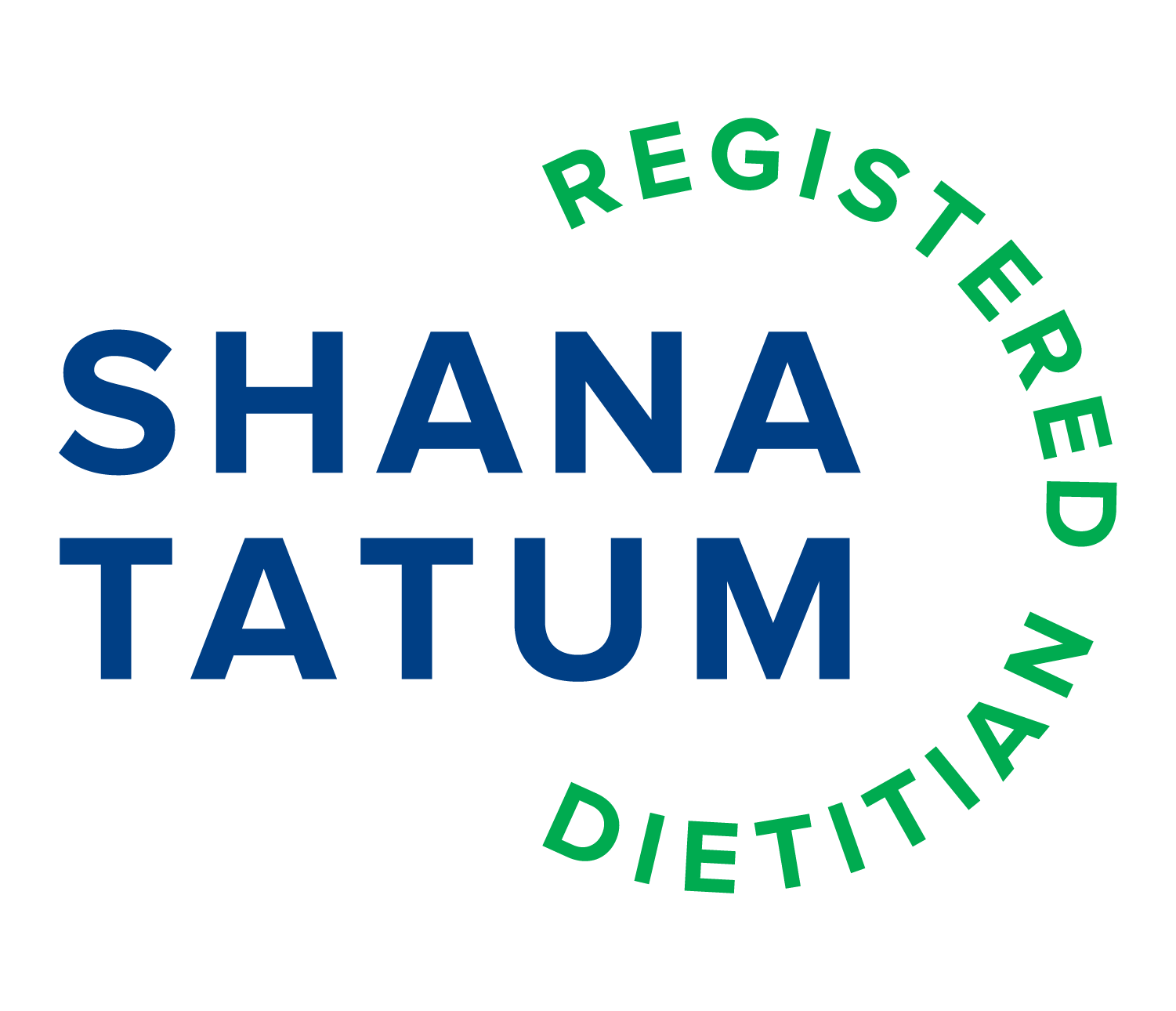Environmental Effects on Hormonal Balance
I have many patients that come see me to find ways to help nutrition bring their life into more balance. Some are looking to lose weight others to gain weight. Some are working on reducing cholesterol or reversing type 2 diabetes. One thing that is always reviewed in the initial assessment is what we call biotransformation and elimination - or detoxification through the liver.
The liver is the largest visceral organ in the body and is the center for metabolic regulation. It has more than 200 functions that can be divided into metabolic regulation (processing of carbohydrates, fats and proteins), hematologic regulation (removes hormones and antibodies in the blood) and bile regulation (emulsification or break down of fats). The liver is officially considered one of the accessory organs of the digestive system due to the many roles it plays in digestion and metabolism.
Things in our environment can contribute to hormonal balance. The chemicals look like our own hormones and will bind to hormone receptors blocking the entry of our own hormone. With over 350,000 thousand chemicals and chemical mixtures registered for use, that’s a lot of opportunity for things to go wrong. These imbalances can be metabolic, interfering with cholesterol metabolism, glucose and insulin regulation, thyroid and other sex hormones such as testosterone and estrogen as well as mitochondrial injury.
While I am usually trying to encourage patients to shift their mindset into all the wonderful variety of foods to include in the diet, rather than restrict, when it comes to toxins, avoidance is the focus. Preventing it from coming in through the skin, your largest organ, is step one.
A few tips below on the chemicals to avoid helping you keep things in a little better check and balance.
Harmful Chemicals to Avoid in Personal Care Products
Parabens
Found in: Shampoos, conditioners, lotions, facial and shower cleansers, and scrubs.
Why Avoid: Linked to hormone disruption, can mimic estrogen.
Phthalates
Found in: Fragrances, hair sprays, deodorants, and nail polishes.
Why Avoid: Associated with reproductive and developmental issues.
Sodium Lauryl Sulfate (SLS) / Sodium Laureth Sulfate (SLES)
Found in: Shampoos, body washes, cleansers, and toothpaste.
Why Avoid: Can irritate skin and eyes, potentially contaminated with carcinogens.
Formaldehyde and Formaldehyde-Releasing Preservatives
Found in: Nail polish, hair gel, body wash, baby shampoo, and more.
Why Avoid: Known carcinogen, can cause skin irritation and allergic reactions.
Synthetic Fragrances
Found in: Perfumes, colognes, lotions, body washes, and shampoos.
Why Avoid: Can contain numerous undisclosed chemicals, often associated with allergies, dermatitis, respiratory issues, and potential hormone disruption.
Triclosan
Found in: Antibacterial soaps, toothpaste, and some cosmetics.
Why Avoid: Linked to endocrine disruption, may contribute to antibiotic resistance.
Polyethylene Glycols (PEGs)
Found in: Creams, lotions, and cosmetics.
Why Avoid: Can be contaminated with carcinogens, may enhance skin absorption of other harmful chemicals.
BHA (Butylated Hydroxyanisole) and BHT (Butylated Hydroxytoluene)
Found in: Lipsticks, moisturizers, and other cosmetics.
Why Avoid: Suspected endocrine disruptors and carcinogens.
Siloxanes (e.g., Cyclotetrasiloxane, Cyclopentasiloxane)
Found in: Moisturizers, skin treatments, and hair products.
Why Avoid: Can interfere with hormone function, reproductive toxicity.
Toluene
Found in: Nail polish, nail treatments, and hair dyes.
Why Avoid: Linked to reproductive harm, respiratory issues, and developmental damage.
Oxybenzone
Found in: Sunscreens and some moisturizers with SPF.
Why Avoid: Associated with hormone disruption and skin allergies.
Coal Tar Dyes (p-phenylenediamine and colors listed as "CI" followed by a five-digit number)
Found in: Hair dyes, some cosmetics.
Why Avoid: Potential carcinogens, skin irritants.
Diethanolamine (DEA) and Triethanolamine (TEA)
Found in: Shampoos, cleansers, and moisturizers.
Why Avoid: Can form carcinogenic nitrosamines upon reaction with other ingredients.
Petrolatum (Petroleum Jelly)
Found in: Lip balms, moisturizers, and lotions.
Why Avoid: Can be contaminated with carcinogens, skin irritant.
Resorcinol
Found in: Hair dyes.
Why Avoid: Toxic to the immune system, endocrine disruptor.
Tips for Choosing Safer Products
Read Labels Carefully: Look for the ingredients listed above. Consider the EWG.org SkinDeep, EWG Verified, Made Safe or the new app Clearya. These search engines and catalogues permit users to easily find the ingredients, or to scan barcodes and learn about toxins in products.
Choose Fragrance-Free: Opt for products labeled "fragrance-free" rather than "unscented." They are not the same.
Go Natural: Consider using natural or organic personal care products. You can find recipes aplenty online to create your own personal and household products.
Research Brands: Look for brands committed to transparency and safety.
Avoiding these harmful chemicals can help reduce your exposure to potential health risks and support overall well-being and balance.
